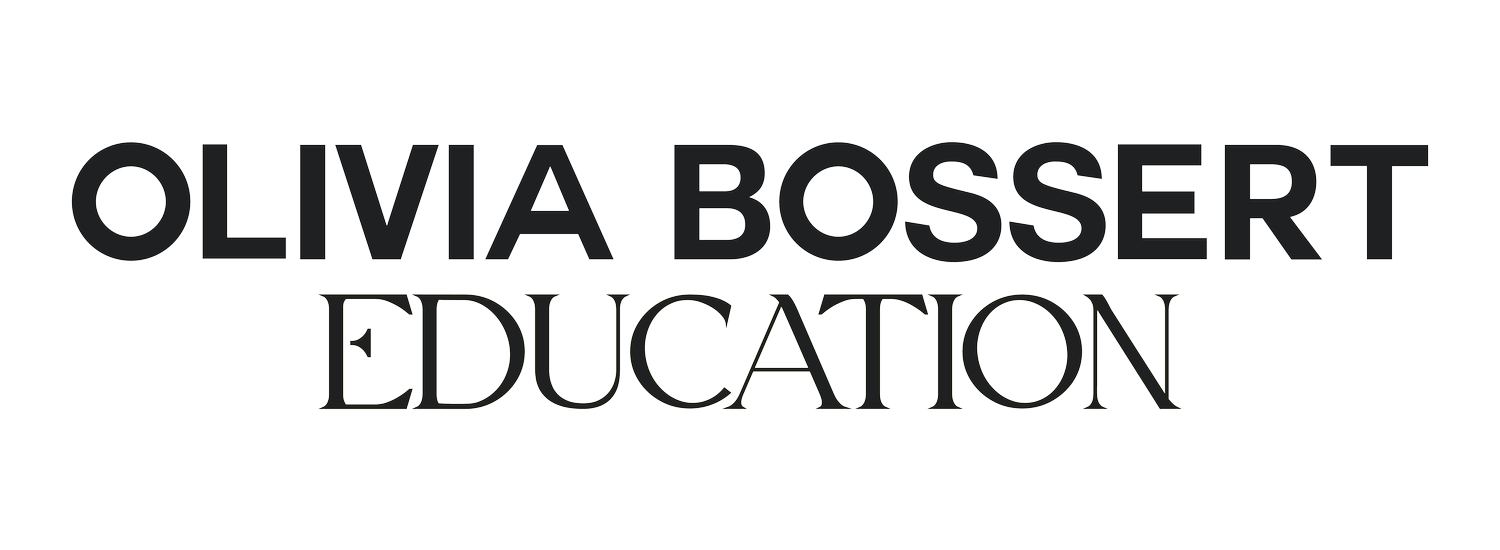Why Rejection Is Essential for Success - And How to Use It to Your Advantage
Rejection is one of the toughest challenges any creative professional faces. Whether it’s a declined pitch, a silent email, or hearing you’re “too expensive,” that initial sting can feel deeply personal and disheartening. But here’s the truth: rejection is a universal part of the journey and, when understood correctly, it can become the very fuel that drives your success.
Understanding Why Rejection Hurts So Much
Rejection doesn’t just feel bad because of our thoughts, there’s a biological reason behind it. Humans are social beings who evolved in tight-knit groups where belonging was crucial to survival. The brain processes social rejection in the same way it processes physical pain. In early human history, being cast out from the group could mean death, so our brains are wired to react strongly to exclusion.
While nowadays being ignored by a potential client or a brand isn’t life-threatening, the emotional impact feels just as real. This is why it can feel so overwhelming, and why so many creatives hold back from putting themselves out there, because rejection triggers a deeply rooted survival response.
Fear of Being “Annoying” Is Really Fear of Visibility
A common reason many hesitate to follow up or keep pitching is the fear of being annoying. But really, this fear often masks a deeper anxiety about visibility, about being seen and judged. When you reach out, you open yourself to both opportunities and rejection, and the latter can feel unbearable.
Try this: Reflect on where your fear of being annoying comes from. For many, it stems from early experiences where they were told to be quiet or that they were bothersome. Understanding this helps you separate that old conditioning from the truth. Your adult self can now choose to show up boldly, despite the discomfort.
Why Silence Doesn’t Mean Failure
It’s easy to spiral when an email goes unanswered, wondering if your work isn’t good enough or if you’ve made a mistake. But the reality is that silence often has nothing to do with you personally. Here are some reasons why people might not reply:
They’re busy: Your message might be lost in a sea of unread emails.
They already have someone: Many brands have ongoing relationships and only change photographers occasionally.
Timing isn’t right: Budgets fluctuate, campaigns get delayed, or priorities shift.
They forgot: People simply forget to reply or follow up - they’re human, after all.
This means that no reply is rarely a definitive no. It’s usually just the beginning of a visibility process. Following up isn’t pestering, it’s essential.
The Importance of Persistence and the Rule of Seven
Marketing experts often talk about the “rule of seven,” which means a person typically needs to see a message at least seven times before taking action. Whether it’s buying a product or booking a service, repetition builds familiarity and trust.
Think about your own experience: you probably don’t buy from the first Instagram ad you see or the first email you receive. It’s the same with outreach and pitching. One email is just the start of a conversation. Consistency is what ultimately gets you noticed and booked.
Handling Pricing Objections Without Undervaluing Yourself
Hearing that you’re “too expensive” can feel just as painful as silence. But it’s important to recognise that this often isn’t a reflection of your worth. Budget limitations are real, and not every client can afford your rates.
Rather than lowering your prices straight away, try to understand the client’s budget and offer adjusted deliverables if possible. Stand firm on your value, clients who truly want to work with you will invest because they understand the importance of quality. If a potential client is just testing your willingness to discount, holding your ground often earns respect.
How to Reframe Rejection and Keep Moving Forward
The most crucial mindset shift is to view rejection not as a personal failure but as redirection. Each no brings you closer to the right fit client and better opportunities. Detach your self-worth from outcomes - your value is not defined by every yes or no.
Remember, the only way to truly lose in this industry is to stop showing up. Keep pitching, keep following up, keep sharing your work.
Practical Steps to Build Resilience and Visibility
Reflect on your fear of visibility and remind yourself that boldness leads to opportunities.
Commit to following up on any pitches you’ve sent recently — people forget, and a polite reminder goes a long way.
Post your work regularly, even if it feels like your audience has already seen it; repetition matters.
Reach out to at least one potential client or collaborator this week whom you’ve been hesitant to contact.
Understand your ideal client and hold firm on your rates, offering alternatives rather than discounts when budgets are tight.
Rejection isn’t a sign to stop. It’s a sign to persist, to adapt, and to keep showing up. Your boldness and visibility are what make success possible. So be brave, be consistent, and trust the process, your next opportunity might be just around the corner.

